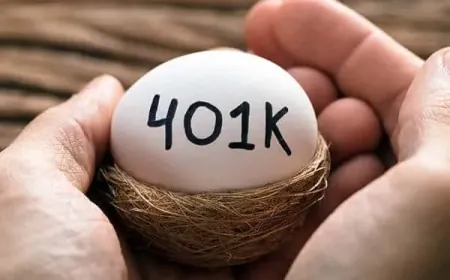Indian Rupee Hits Record Low | Impact of US Federal Reserve Policies on Economy
The Indian rupee falls to a historic low of 85 per dollar amid Federal Reserve's hawkish stance, trade deficit, and slowing economic growth.

The Indian rupee has fallen to an all-time low, crossing the 85-per-dollar threshold, as the Federal Reserve's hawkish stance on interest rates continues to weigh heavily on Asian currencies. The rupee declined 0.1% to 85.0663 against the US dollar on Thursday, marking another significant dip in its performance amid mounting global economic pressures.
Key Factors Behind the Decline
The rupee's fall reflects broader market sentiment in Asia, driven by the Federal Reserve’s recent announcement scaling back expectations for rate cuts in 2024. This shift has strengthened the US dollar, leaving emerging market currencies, including the Indian rupee, vulnerable.
Domestically, India’s widening trade deficit—reaching a record $37.8 billion in November—has exacerbated the currency’s troubles. Coupled with slowing economic growth and a weakening yuan, these factors have placed additional strain on the rupee. Capital outflows from Indian bonds and equities have further intensified the downward pressure.
Impact on India’s Economy
India’s economic landscape is facing multiple challenges. The Reserve Bank of India (RBI) recently downgraded its GDP growth forecast for the current financial year to 6.6%, from an earlier projection of 7.2%. This adjustment highlights the toll that external and internal pressures are taking on the economy.
The widening current account deficit has also raised concerns among policymakers. A weaker rupee makes imports costlier, particularly crude oil, which India heavily relies on, further inflating the trade deficit. Additionally, higher import costs contribute to inflationary pressures, potentially impacting consumer spending and industrial growth.
Government and RBI’s Next Steps
In response to these economic challenges, the RBI may consider measures to stabilize the rupee, such as intervening in foreign exchange markets or adjusting monetary policies. However, with inflation already a concern, cutting interest rates too aggressively could pose additional risks.
The government, on its part, is likely to focus on policies that boost exports and attract foreign direct investment (FDI) to counterbalance the current account deficit. Strengthening trade partnerships and diversifying export markets could also play a pivotal role in mitigating the impact of a weaker rupee.
Global Context and Outlook
The rupee’s decline comes amid a global economic slowdown, where other emerging market currencies have also faced significant pressure. However, experts suggest that India’s long-term growth potential remains robust, given its expanding middle class, technological advancements, and government initiatives to boost manufacturing under the "Make in India" campaign.
While the immediate outlook for the rupee remains challenging, strategic fiscal and monetary interventions could help stabilize the currency and support sustainable economic growth.
Also Read: Gautam Adani Responds to U.S. Bribery Allegations at Jaipur Awards Event
































































